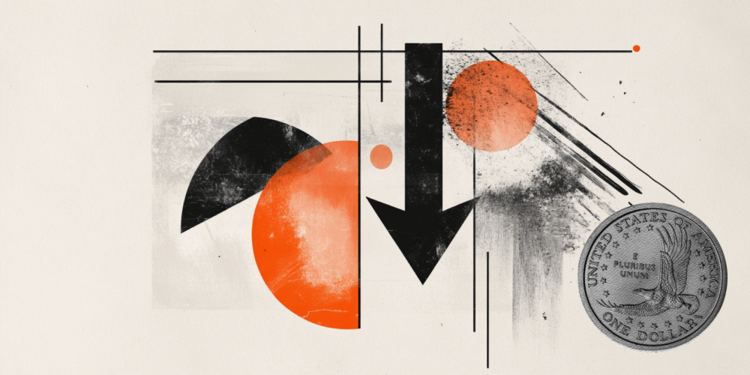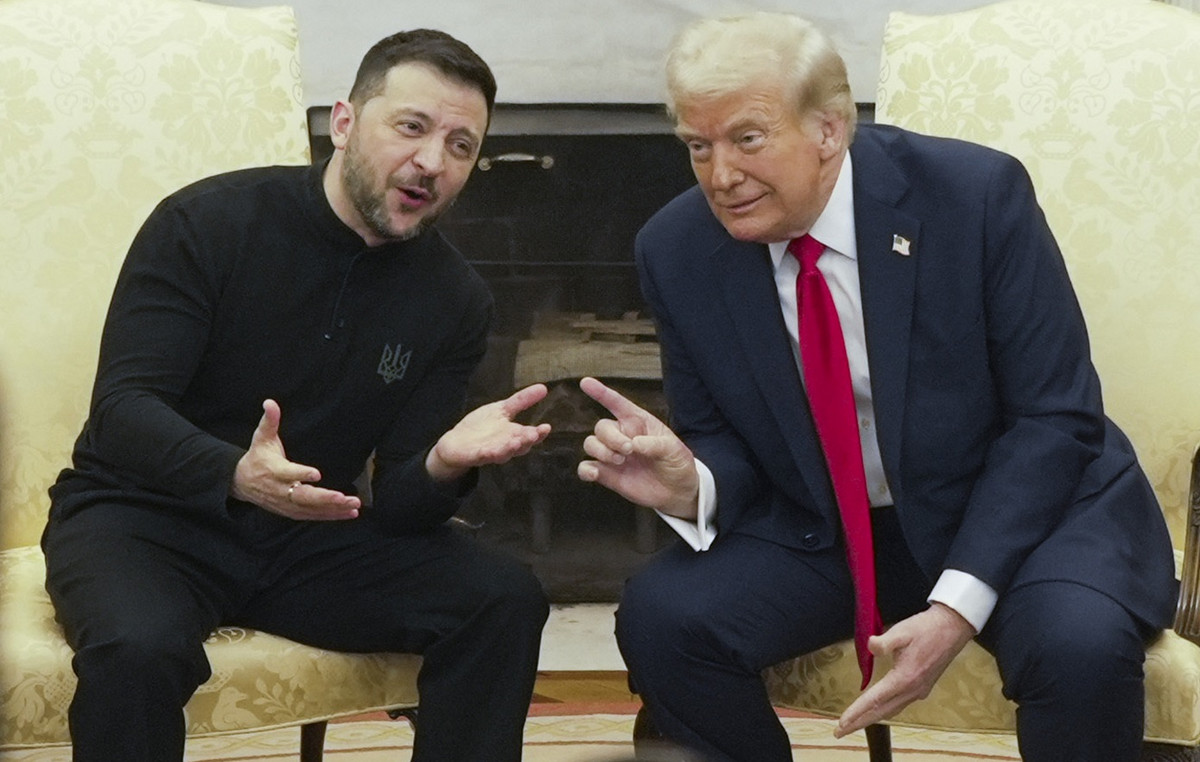When Russian President Vladimir Putin sent his forces into Ukraine a year ago, most observers expected a quick victory for the invaders.
Those early predictions of Russian success have not materialized, due to what experts cite as a variety of factors, including higher morale and superior military tactics on the Ukrainian side, but also – crucially – the supply of Western weaponry.
While recent headlines have greatly emphasized the potential of Western main battle tanks or Patriot air defense systems to influence the outcome of the war, these systems have yet to be used in combat in Ukraine.
But there are other weapons that helped change the course of the war. Here are three main ones that Ukrainians have used to devastating effect.
javelin

At the outset of the war, fighters on both sides expected Russian armored columns to begin invading the Ukrainian capital of Kiev within days.
The Ukrainians needed something that could neutralize this attack – and they found it in the form of the Javelin, an over-the-shoulder guided anti-tank missile that can be carried by a single soldier.
Part of its appeal lies in its ease of use, as manufacturer Lockheed Martin, who co-developed the missile with Raytheon, explains: “To fire, the gunner places the cursor over the selected target. The Javelin command launch unit then sends a pre-launch lock signal to the missile.”
The Javelin is a fire-and-forget weapon. Once their operator fires, they can run for cover as the missile finds its way to its target.
This was particularly important in the early days of the war, as the Russians tended to remain in columns when trying to enter urban areas. A Javelin operator could fire from a building or behind a tree and disappear before the Russians could fire back.
The Javelin is also good at hitting where Russian tanks are weak – on horizontal surfaces – because its trajectory after launch causes it to curve and land on the target from above, according to Lockheed Martin.
This can be seen in early war footage of Russian tanks with their turrets blown off. Often, it was a Javelin that did the damage.
In fact, the impact of the Javelins was so great that two and a half months after the outbreak of war, US President Joe Biden visited the Alabama factory where they are made to commend the workforce for its help in the defense of Ukraine.
“You are making a huge difference to those who are under enormous pressure and firepower,” Biden said at the time.
There was another advantage to the Javelins, particularly pertinent early in the war: they were politically acceptable.
“Their low cost and defensive use make them politically easier for other countries to provide,” wrote Michael Armstrong, an associate professor at Brock University in Ontario, in the Conversation. “On the other hand, governments disagree on sending more expensive offensive weapons like warplanes.”
Himars

The full name in US Army is M142 High Mobility Artillery Rocket System.
It is “a combat-proven, all-weather, 24/7, lethal, responsive, full-spectrum precision strike weapon system,” says the US Army.
The Himars is a 5-ton truck carrying a capsule that can launch six rockets almost simultaneously, sending its explosive warheads far beyond the front lines of the battlefield and then quickly changing position to avoid a counterattack.
“If the Javelin was the iconic weapon of the early phases of the war, the Himars is the iconic weapon of the later phases,” wrote Mark Cancian, senior adviser to the International Security Program at the Center for Strategic and International Studies, in January.
It fires munitions called Guided Multiple Launch Rocket System (GMLRS) that have a range of 70 to 80 kilometers. And their GPS guidance systems make them extremely accurate, within 10 meters of their intended target.
Last July, Russian reporter Roman Sapenkov said he witnessed a Himars attack on a Russian base at Kherson Airport, in territory Moscow forces occupied at the time.
“I was amazed that the whole package, five or six rockets, dropped practically on a penny,” he wrote.
The Himars had two main effects, Yagil Henkin, a professor at the Israel Defense Forces College of Command and General Staff, wrote for the US Marine Corps University Press.
The strikes forced “the Russians to move their ammunition dumps further back, thus reducing the available firepower of Russian artillery near the front lines and making logistical support more difficult,” Henkin said.
And the use of long-range rockets to hit targets such as bridges has disrupted Russian supply efforts, he continued.
The HIMARS system is manufactured and patented in the United States by Lockheed Martin.
Drone Bayraktar TB2

The Turkish-designed drone has become one of the most well-known unmanned aerial vehicles (UAV) in the world due to its use in the Ukrainian war.
It’s relatively inexpensive, made with off-the-shelf parts, packs a lethal punch, and records your kills on video.
These videos showed him taking down Russian armor, artillery and supply lines with missiles, laser-guided rockets and smart bombs he carries.
“The TB2 viral videos are a perfect example of modern warfare in the TikTok era,” wrote Aaron Stein, a senior fellow at the Foreign Policy Research Institute, on the Atlantic Council website.
The Bayraktar TB2 was not a “magic weapon”, but it was “good enough”, he wrote.
Stein cited as weaknesses his lack of speed and vulnerability to air defenses. Battleground stats seem to confirm this. Seventeen of the 40 to 50 TB2s Ukraine received were destroyed in combat, according to the open source intelligence website Oryx.
But, Stein says the number of losses is outweighed by the low cost of the drone, which means they can be replaced relatively easily.
In fact, a plan to establish an assembly line for the drones in Ukraine was in the works even before the war. And the use of the drones potentially saved the lives of Ukrainian pilots who would otherwise have had to fly the missions.
Recent reports from Ukraine indicate that TB2 may be playing a minor role as Russian forces figure out how to fight it, but its fans say it was handed over when Ukraine’s position was most precarious.
His videos of Russian kills were “a huge morale booster,” Samuel Bendett, adjunct senior fellow at the Russian Center for Naval Studies (CNAS), told CNN at the beginning of the war.
“It’s a public relations victory.”
TB2 even had a music video about it. That’s the status he achieved among Ukrainians.
Source: CNN Brasil
Bruce Belcher is a seasoned author with over 5 years of experience in world news. He writes for online news websites and provides in-depth analysis on the world stock market. Bruce is known for his insightful perspectives and commitment to keeping the public informed.







